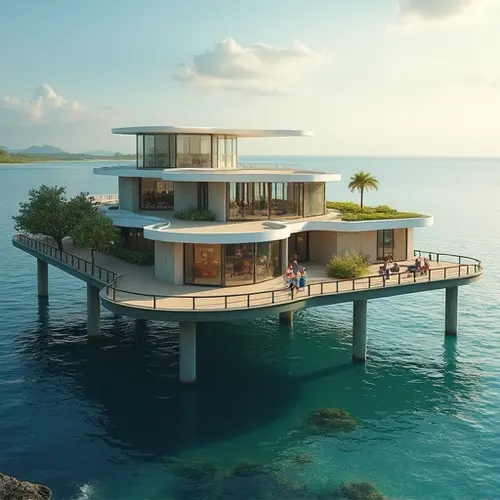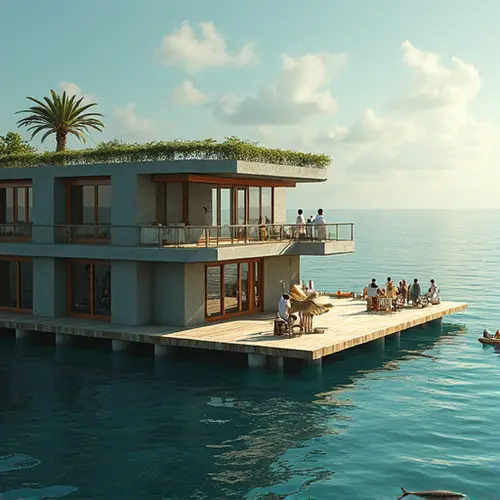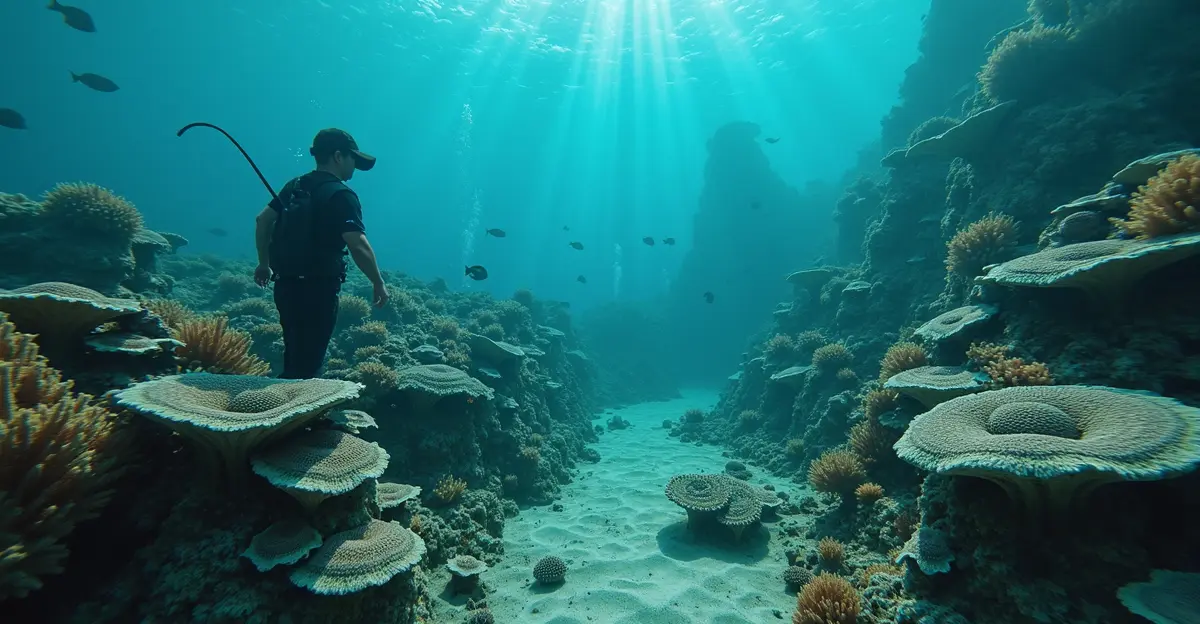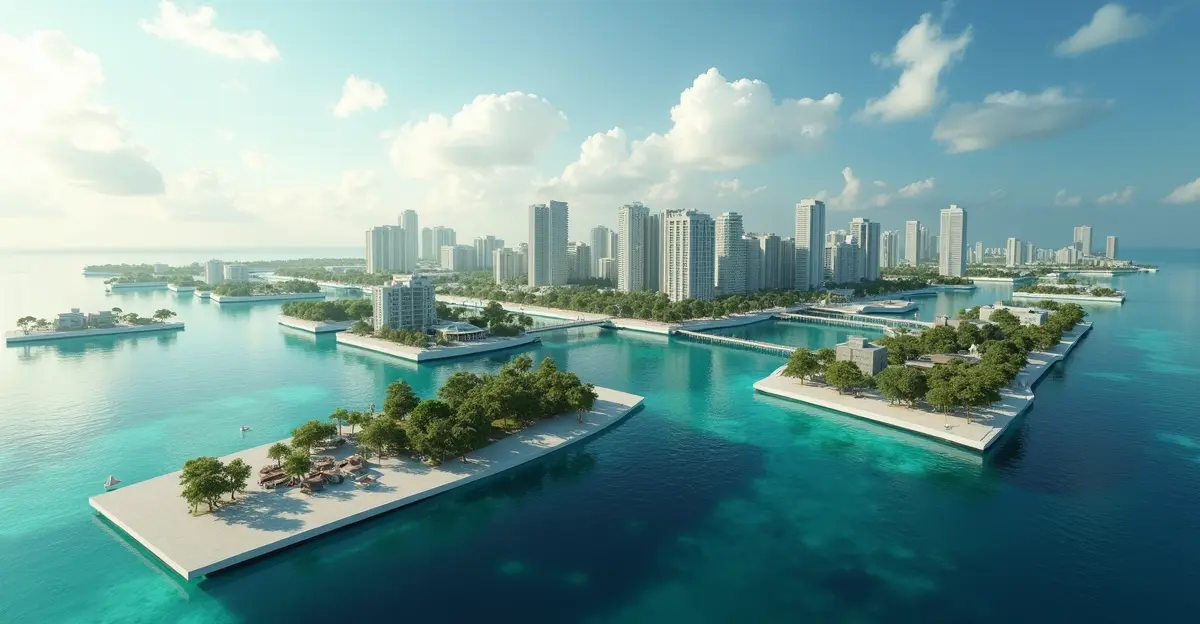Architects reveal pioneering designs for underwater cities to be established by 2100. These submerged habitats address rising sea levels while creating marine-integrated communities, featuring biomimetic structures and closed-loop ecosystems. Current projects demonstrate growing feasibility despite engineering and psychological challenges.
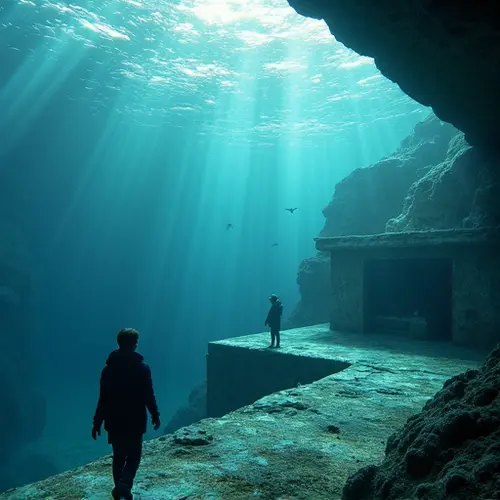
The Future Beneath the Waves
Imagine waking up to schools of tropical fish swimming past your bedroom window instead of birds chirping outside. This could be reality by 2100 as architects and engineers unveil groundbreaking designs for humanity's first underwater cities. These submerged habitats represent a bold solution to rising sea levels and coastal overcrowding while opening new frontiers for human habitation.
Learning from Ocean Laboratories
Current underwater habitats like Aquarius Reef Base off Florida provide crucial research data. These pressurized labs, where scientists live for weeks studying marine life, demonstrate humans can thrive underwater. "We've proven the physiological feasibility," says marine architect Dr. Elena Voss. "Now we're scaling these principles to community levels."
2025 Design Breakthroughs
Recent innovations include:
- Biomimetic Structures: Coral-inspired buildings that grow stronger through mineral accretion
- Hydrodynamic Districts: Neighborhoods arranged to harness ocean currents for energy
- Vertical Farming Towers: Algae and hydroponic systems providing food and oxygen
- Pressure-Adaptive Architecture: Materials that strengthen under depth pressure
The Underwater Museum of Art's 2025 installation near Florida showcases functional sculptures that double as marine habitats. Pieces like Mandy Yourick's "Hometown" demonstrate how human creations can integrate with ocean ecosystems.
Engineering Challenges
Creating viable underwater cities faces significant hurdles:
Structural Integrity
At depth, structures withstand pressures equivalent to multiple elephants per square meter. Engineers are testing transparent aluminum alloys and acrylic composites that maintain clarity under stress while resisting saltwater corrosion.
Life Support Systems
Closed-loop ecosystems must perfectly balance oxygen production, carbon dioxide scrubbing, and waste recycling. Current prototypes use genetically modified super-algae that convert waste into nutrients while producing breathable air.
Psychological Factors
"The mental challenge may be greater than the technical ones," notes behavioral psychologist Dr. Kenji Tanaka. His team studies bioluminescent circadian lighting and virtual windows projecting surface landscapes to combat "depth depression."
The Road to 2100
Development phases:
| Timeline | Milestone |
|---|---|
| 2025-2035 | Experimental habitats (50-100 residents) |
| 2035-2060 | Commercial districts (tourism/research) |
| 2060-2100 | Self-sustaining cities (10,000+ population) |
While submerged cities won't replace terrestrial living, they offer climate-resilient alternatives. As Dr. Voss observes: "We're not abandoning land - we're expanding humanity's habitat portfolio."

 Nederlands
Nederlands
 English
English
 Français
Français
 Deutsch
Deutsch
 Español
Español
 Português
Português




